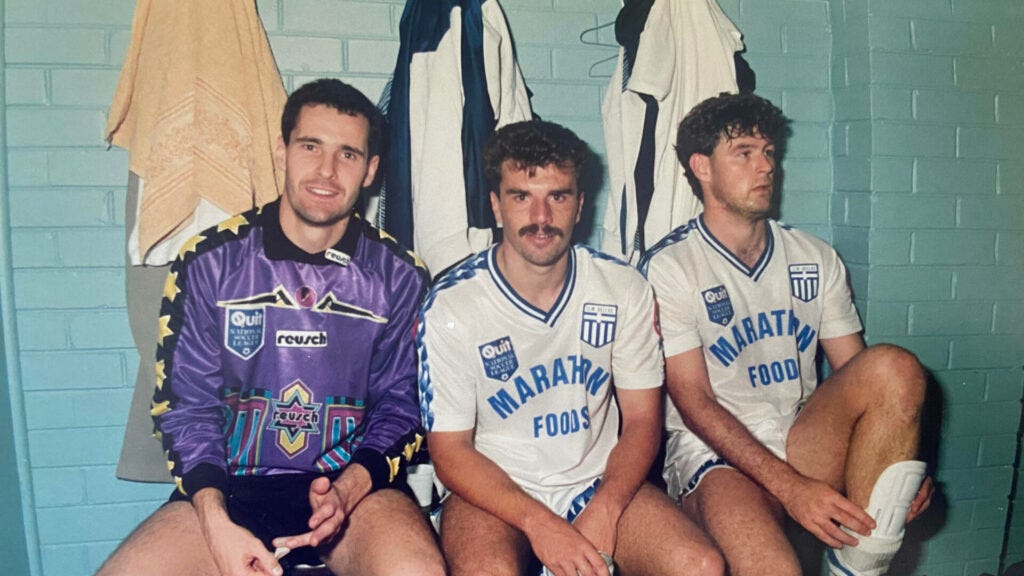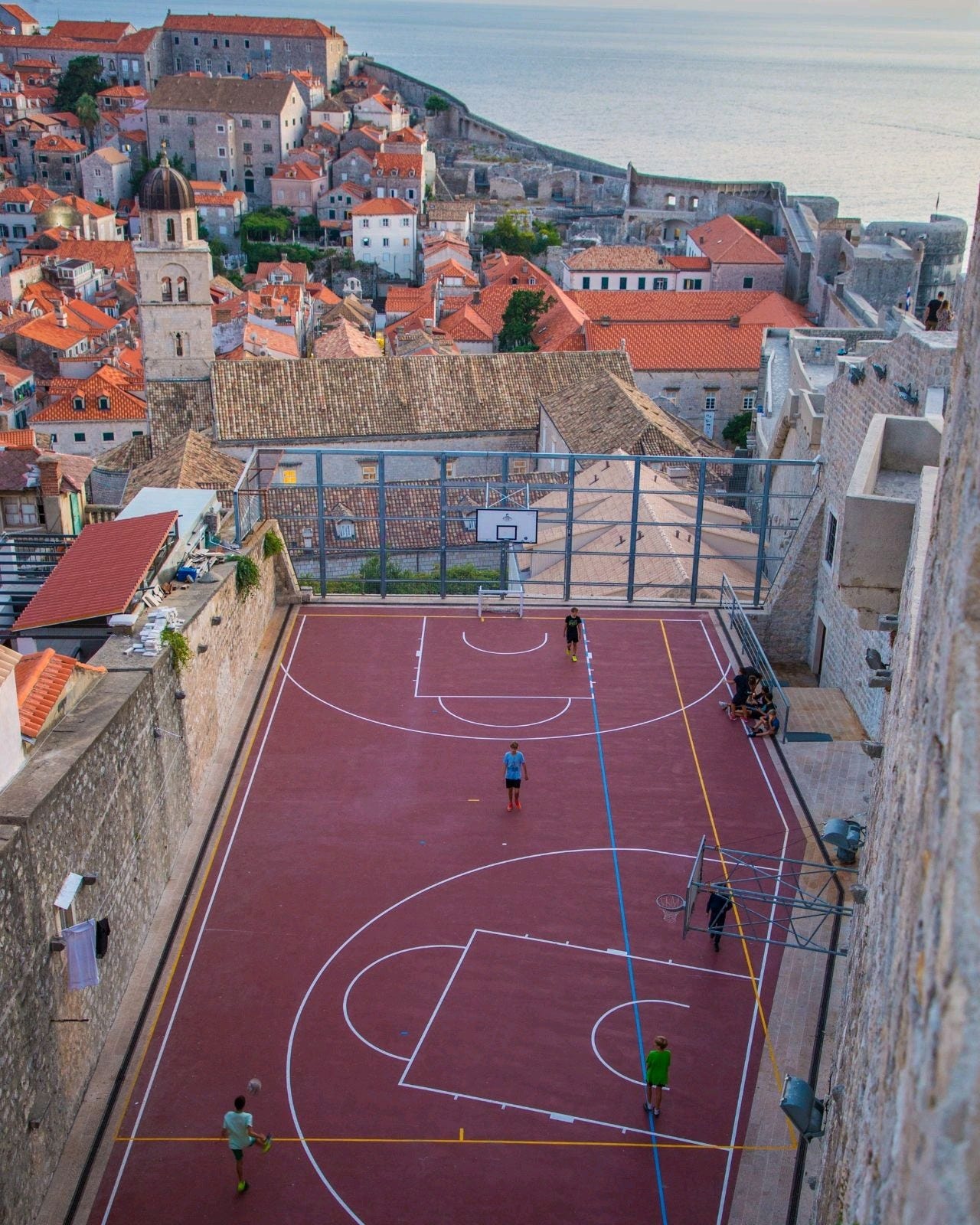Leveraging smartly from a golden decade of sports events: Why Australia and the United States should embrace the diversity of football communities for sports diplomacy
A mega decade of sports events offers Australia and the US a unique opportunity to champion diaspora groups and football community networks as a partner for sports diplomacy. Gavin Price explores how.
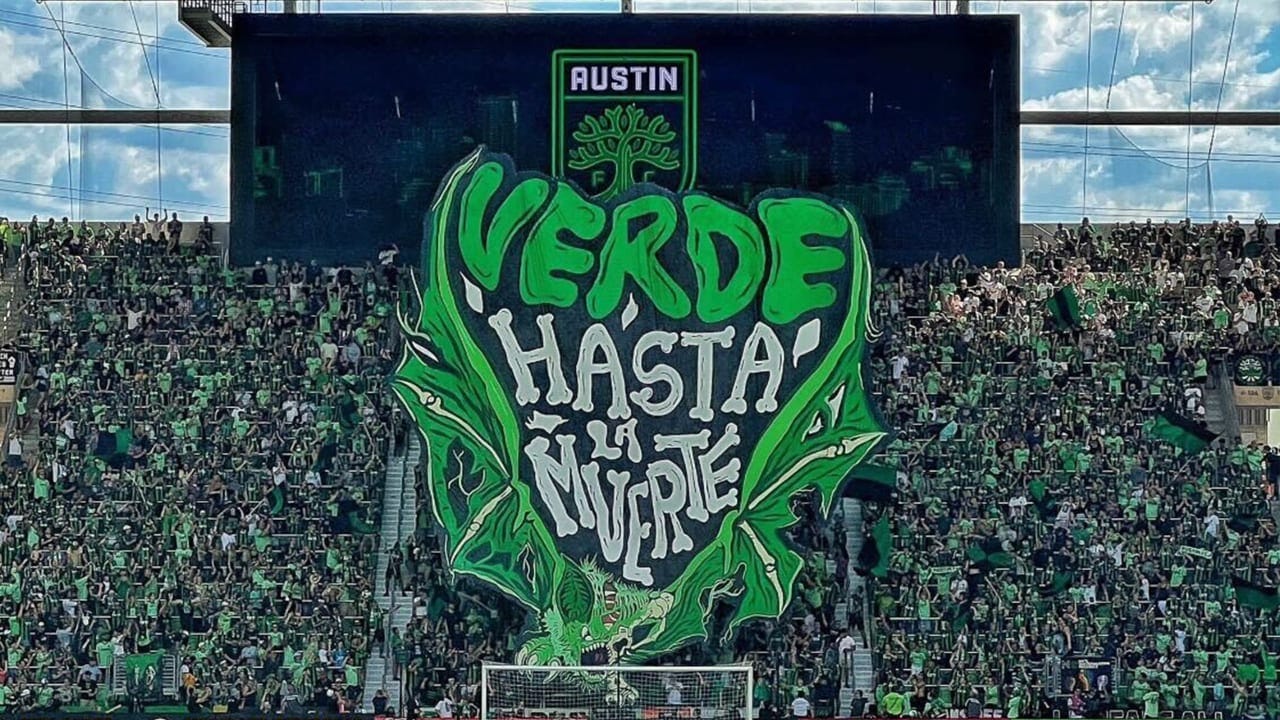
Australia and the United States (US) are well-known for their cultural diversity, which is characterised by a vibrant mix of significant international migrant communities and a rich heritage of First Nations peoples. Over many decades, these populations have played a major role in shaping and continue to influence the social, economic, and cultural landscapes Down Under and Stateside.
As both nations seek to fully leverage the benefits of their multicultural identities, it is essential to recognise the diplomatic potential of traditional football (soccer) clubs and federations, community ‘pick-up’ games and tournaments, football fans, and professionals from creative sports media and businesses representing migrant communities. When engaged respectfully and inclusively, these football stakeholders can serve as powerful agents to enhance sports diplomacy between Australia and the United States and boost their relations with key partner nations worldwide. They can also help foster smarter intercultural and economic networks through the influence and reach of their respective international footballing diasporas.
This is especially important because Australia is set to host the 2026 Women’s Asian Football Confederation (AFC) Cup across multiple cities and the 2032 Summer Olympics and Paralympics in Brisbane. Similarly, the 2026 FIFA World Cup will be shared by the US, Canada, and Mexico, while the US will be sole hosts of the 2028 Summer Olympics and Paralympics in Los Angeles. Football will play a primary or significant role at all of these major events, particularly at a time when each of the host nations are seeking to elevate their international profiles and soft power value propositions through sports.
Officials from both the Australian and US governments, businesses, and the wider sportscape can often be heard championing the current era as a ‘golden decade’ or ‘mega decade’ for sports and major events. Demonstrating this point, a recent job advertisement for a sports content marketing role at the Australian Sports Commission (ASC) included the following narrative:
“The ASC is embarking on the Green and Gold decade. An exciting time, filled with international sporting competitions on home soil, including the Men’s and Women’s Rugby World Cup, and culminating in the Brisbane 2032 Olympic and Paralympic Games. We have an ambitious new Strategic Vision, and we need the best players on our team to help us deliver real results for the sporting sector and all Australians.”
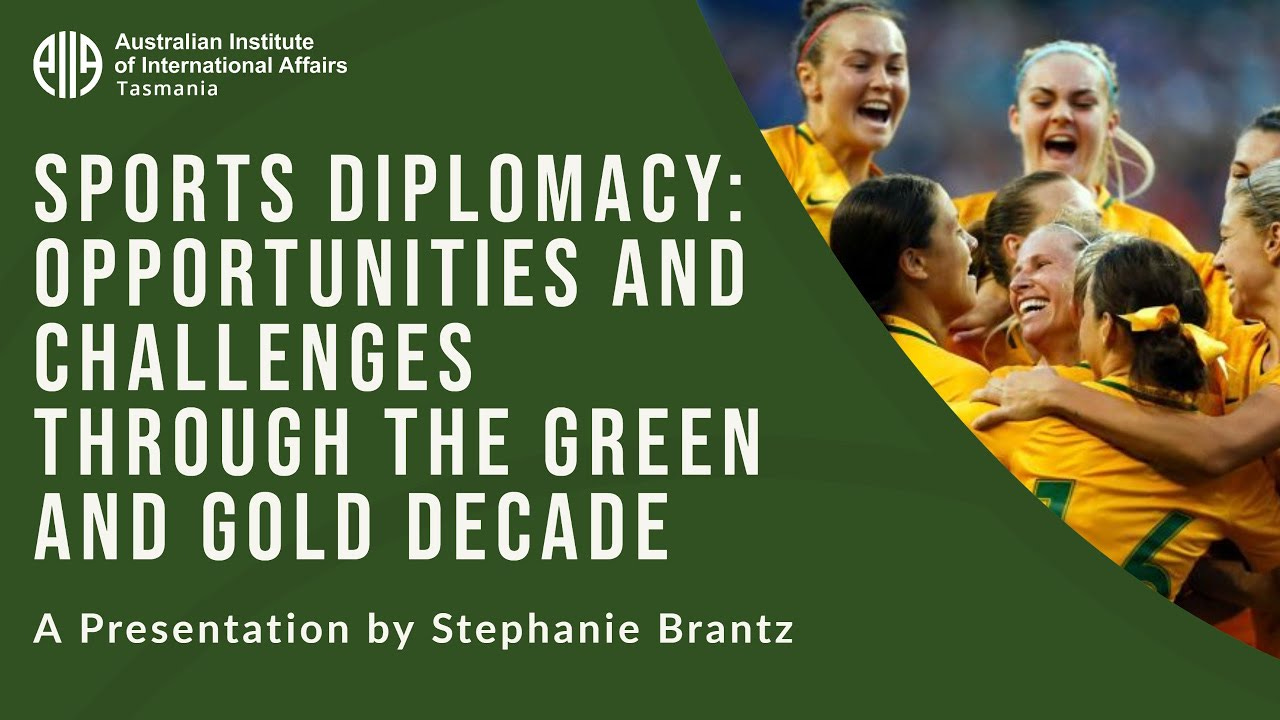
Similarly, Daniel Mickelson, Chief of the Sports Diplomacy Division at the US Government’s Department of State recently posted on social media:
From the 2026 Men's Football World Cup to the 2028 Olympics and Paralympics in Los Angeles - and the two Rugby World Cups and Winter Games in Salt Lake City in the 2030s - international sporting events hosted in the United States will not only showcase premier athletic competition and fair play, but will also serve as venues for cultural interaction, generate billions of dollars in economic activity, and foster community involvement from coast to coast. Looking forward to the next conversation! #sportsdiplomacy #megadecade.

By harnessing the diversity and passion of football, along with the valuable support from their migrant clubs, players, and diaspora fan groups, Australia and the US can amplify the effectiveness of their strategic goals during this ‘golden decade’ of sports and major events. Through sports diplomacy strategies, investment, and careful planning, both nations can enhance their connections with partnering countries, foster cultural appreciation among important diaspora groups, and strengthen international relations via the broad network of stakeholders within the global community of football.
These stakeholders include a wide range of actors, from football associations and governing bodies, players, coaches, fans and officials to businesses, creative media outlets, sponsors, academia, non-governmental organisations (NGOs), and government ministries. Crucially, many of these stakeholders or organisations working across the football landscape are well represented by people from Australia’s and the US’s diaspora communities, who could potentially act as ‘Trojan horses’ to open doors to new overseas networks and other economic and cultural opportunities.
With this context in mind, this article briefly delves into the unique football cultures and heritage of Australia and the US. It highlights the significant roles that diaspora communities and women’s football play in both preserving and promoting the sport at home and abroad. This discussion sets the stage for proposing potential strategic football diplomacy initiatives (recommendations) among Australia, the United States, and their global partners.
It is important to note that due to the limitations in the scale of this article, the discourse will only provide a limited snapshot of the storied, multifaceted football culture and heritage in both nations, which could easily warrant multiple deeper studies and would generate additional recommendations for football diplomacy initiatives.
Football Down Under: A Treasure Trove of Rich Cultural Heritage
One of the aspects I enjoyed most about playing football in Australia was the rich variety of cultural experiences each match day offered. For example, while playing for Canberra City FC in the ACT State Leagues, I might savour a post-match cevapi hotdog and Ožujsko beer after a game against the Croatian heritage club, O’Connor Knights FC. The following week, I could indulge in souvlaki and Mythos beer while playing away at the Greek-rooted Canberra Olympic FC or enjoy Birra Peroni and pizza after a match with the Italian diaspora club, Gungahlin Juventus (recently renamed as Gungahlin United).
In Melbourne, Sydney and other major Australian cities, the Croatian, Greek, and Italian communities have also been the catalyst for the establishment of several iconic Australian football clubs. A notable example is South Melbourne FC, formerly known as South Melbourne Hellas (Greece), founded in 1959. The club was previously captained and coached by the current Tottenham Hotspur manager, Ange Postecoglou, who won the Australian title during his time there as both a player and a manager. Postecoglou also celebrated a championship victory under the stewardship of legendary Hungarian attacking midfielder Ferenc Puskás.
Another prominent club is Melbourne Knights FC, established in 1953 by the Croatian community within the state of Victoria. This club served as the first senior team for the legendary Socceroos striker Mark Viduka and numerous successful top level talents such as Josip Simunic (Croatian international and former German Bundesliga star) and Danny Tiatto (Australian international and former Manchester City winger).
Further down the football pyramid, Melbourne’s diverse football landscape also features clubs from many other international backgrounds. Some examples include Western Eagles (Polish, established in 1950), Altona Magic (Macedonian, established in 1968), Brunswick Juventus (Italian, established 1948) Dandenong Thunder (Albanian, established in 1970), and St Kilda Celts SC (Irish, established in 2011). While playing for and coaching South Yarra SC, the oldest continually existing football club in Melbourne (founded by Scottish migrants in 1928), I thoroughly enjoyed participating in matches with these cultural heritage clubs. The games gave me a wonderful opportunity to test my football skills against various international playing styles and experience the warm hospitality and gastronomy at the host team’s unique cultural hubs and venues.
Adding to this rich cultural footballing landscape, it is important to note that the beautiful game has the highest participation rate for any team sport Down Under, with 570,000 Australians aged 14 and older playing regularly (Roy Morgan, 2023). This includes a pioneering history in modern women’s competitive football, with the inception of an Australian Women’s National Championships having its roots dating back as far as the mid-1970s and evidence of ‘ladies’ teams being formed and football being played in New South Wales as early as 1903.
More recently, the Matildas (Australian Women’s National Team) have gained recognition as one of Australia’s most valuable national brands due to their success at the 2023 World Cup, co-hosted by Australia and New Zealand, and their star-studded roster. The squad includes many players at elite clubs in Europe, North America and beyond. For instance, Sam Kerr OAM is a star striker for Women's Super League club Chelsea, while the Olympique Lyonnais defender Ellie Carpenter won the inaugural Asian Football Confederation's women’s international player of the year award (2024).
Considering this current context, along with the fact that around 230 professional Aussie male footballers from various diaspora backgrounds are playing in more than 40 countries worldwide (according to soccerway.com), it is clear that now is an ideal time for Australia to enhance and diversify its approach to sports diplomacy. Football diplomacy, drawing upon the soft power value and skills of migrant football communities and the global base of Australian men’s and women’s players, coaches, fans, and officials, should play a more central and strategic role in this initiative.
Soccer Stateside: Fútbol Americano and Leadership in Women’s Football
While organised football (soccer) in the US arguably offers fewer examples of top-tier clubs explicitly formed under the auspices of prominent diaspora groups than in Australia, there is little doubt that major migrant groups have also significantly shaped the round-ball game Stateside.
Most notably, Hispanic communities have played a crucial role in the development of football and its culture in the US. As one of the largest ethnic groups in the country, Hispanic communities have significantly contributed to the growth of the sport at both grassroots and professional levels.
From a grassroots perspective, Hispanic families often introduce their children to football at a young age, with community leagues and neighbourhood programs fostering a strong passion for the game. Many talented Hispanic players emerge from these local leagues, showcasing their abilities in high school and college competitions. This has created a growing pipeline of highly skilled footballers at both national and international levels.
In professional football circles, numerous Hispanic and Latino players have profoundly impacted the US’s showpiece Major League Soccer (MLS) competition. From legends like Carlos Ruiz (Guatemalan) and Carlos "El Pibe" Valderrama (Colombian) to modern icons such as Carlos Vela (Mexican) and Javier Hernández Balcázar (Mexican and commonly known as Chicharito), these players have not only elevated the level of the game but have also attracted diverse global fan bases and huge social media followings. Their presence has not only sparked a deeper interest and pride in football among Hispanic communities, but also attracted fans from the wider American populace, bridging cultural divides and promoting inclusivity.
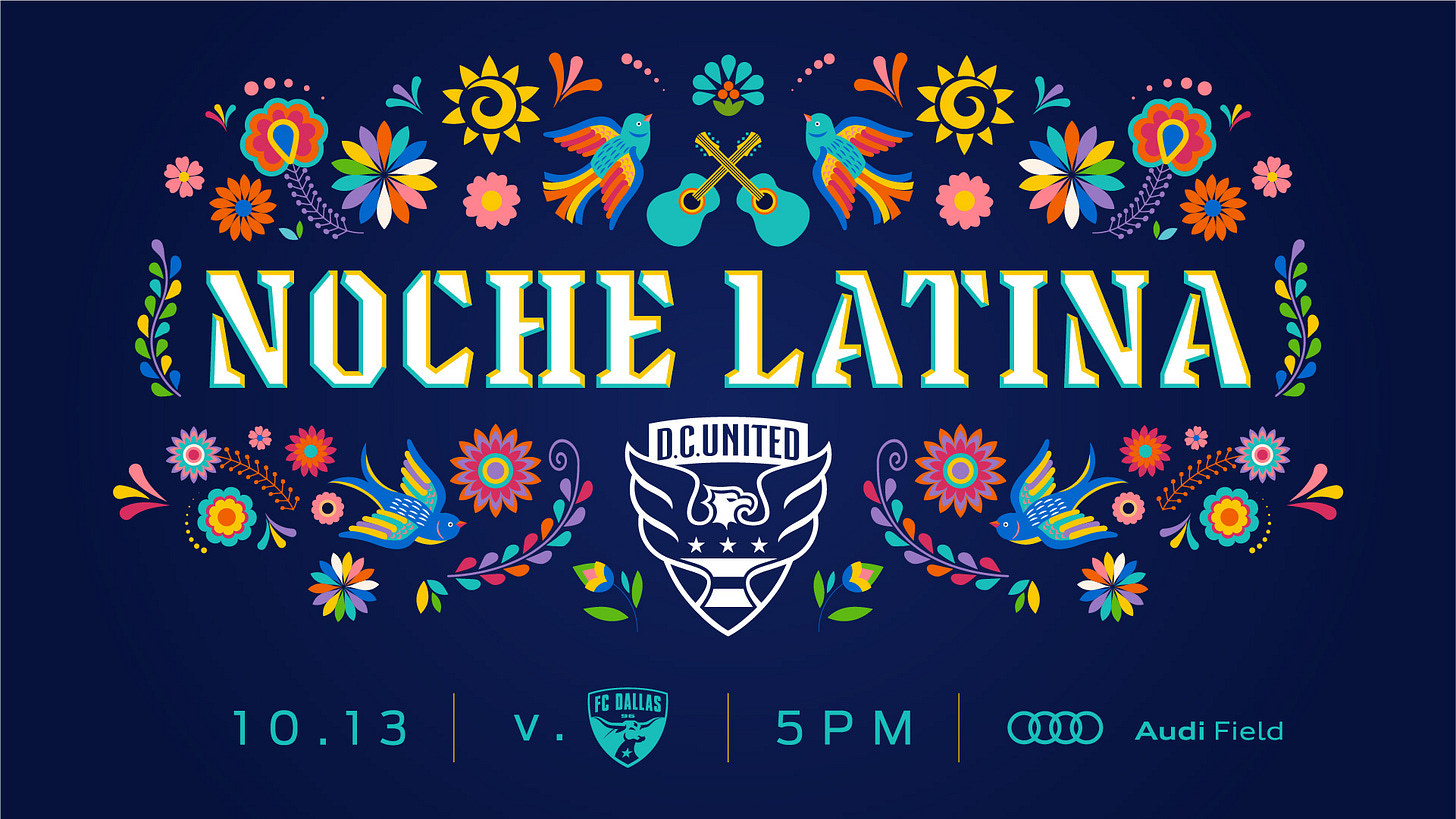
Moreover, Hispanic culture has enriched the football experience in the US. The colourful traditions, such as passionate chants, lively celebrations, and community fan gatherings, have transformed match days into festive occasions. Hispanic fans bring a unique energy, fostering a sense of belonging and camaraderie.
Illustrating this point, at a recent 2024 MLS Eastern Conference Playoff match between Inter Miami FC and Atlanta United FC in Miami, the stadium was packed with Lionel Messi fans and familiar celebrity faces, including Miami Dolphins wide receiver Odell Beckham Jr., former NFL player Chad ‘Ochocinco’ Johnson, and actor Idris Elba. Speaking in a post-match televised interview Johnson enthused:
“The Messi effect has been awesome. It’s been very awesome. From a global aspect, having Messi here in the States and being able to grow the game as much as we’ve been trying to grow the game and make it more popular here, being that we have so many different sports. ... Especially for me, not having to travel to Spain anymore to watch him play has been a joy.”
It is clear that Hispanic and Latino communities have not only contributed to developing soccer talent but have also been integral in shaping its culture in the US, making it an essential component of the broader sports landscape. Their influence will continue to grow, signalling a promising future for football Stateside. With Argentina as current men’s world champions and Copa América holders, Spain as current men’s European champions and Women’s World Champions, and Mexico as one of the US’s co-host partners at the FIFA World Cup 2026, the opportunities for US football diplomacy within and beyond Latino, Hispanic and diaspora partner nations and stakeholder groups will be multifaceted.
Complementing this opportunity, Women’s football already plays a pivotal role in US sports diplomacy by serving as a powerful vehicle for cultural exchange, empowerment, and international partnership. The success of the US Women's National Team (USWNT), which has won multiple FIFA World Cups, promotes not only sporting excellence but also gender equality and women's rights. Their platform promotes the message that women can excel and lead in sports, encouraging similar advancements globally, particularly in regions where women's mass participation in sport at grassroots and elite levels is developing at a slower pace.
Through initiatives like the SheBelieves Cup, the US leverages women's football to engage with other nations, fostering friendships and dialogue. These events draw diverse audiences and provide opportunities for cultural interactions, allowing for the sharing of ideas around sports development, inclusivity, and empowerment.
Additionally, US governmental and non-governmental organisations often partner with overseas and interstate soccer federations to promote grassroots programs focusing on girls’ participation in sports worldwide. Such collaborations not only enhance the image of the US as a leader in gender equality and sports but also strengthen diplomatic ties.
By further embracing the global appeal of women’s football and the nation’s diverse migrant football communities and diaspora groups, the US can enhance its soft power, advocating for social change while building bridges with different cultures. This diversified approach turns sporting events into vital diplomatic platforms, where competition serves as a conduit for fostering understanding and cooperation on a global scale. Ultimately, football can be a vehicle for shaping a legacy of positive change, making it a crucial element of US sports diplomacy.

Recommendations
The following recommendations provide a foundation (though by no means exhaustive) for examining how Australian and US football (soccer) diplomacy can be strategically fused with their various footballing diasporas and migrant communities. Additionally, they aim to leverage, support and promote the growth in women’s domestic and international football. At this point, these concepts should be considered as preliminary ideas that require further evaluation and resources to determine their feasibility.
A.) Bilateral city to city women’s football diplomacy:
As the respective hosts of the next two Summer Olympics and Paralympics (LA 2028 and Brisbane 2032), Australia and the US should build on recent knowledge exchange initiatives between the Games Organising Committees from both host cities by exploring the possibility of a formal football diplomacy partnership between the Matildas, the USWNT, Football Australia and US Soccer.
As indicative examples, the partnership could champion important issues such as the role of women and girls in leadership and sport, access to opportunity in sport, future generations, equal pay, sustainability in sport and feature collaborative creative media channels and direct people-to-people engagement and events.
Specifically, a US-Australian incubator hub focused on innovation and research in global women’s football and the business of women’s football could be formed and would underline both nations status as change makers and leaders in women’s sports (diplomacy).
B.) Diaspora football diplomacy as a platform for international trade:
Diaspora communities promote international trade by creating demand for products from their localities of origin, encouraging investment from their diaspora networks, and often advocating for policies and agreements that stimulate bilateral and multilateral trade. Australian and US Federal and State Governments have an opportunity to ‘heatmap’ football-related diaspora groups with a view to engaging with them to explore the potential of using the sport as an icebreaker tool or ‘Trojan horse’ for enabling exploratory trade missions, delegations, round tables, and events with new and existing partner nations and regions.
As part of this proposal, the role of football in expanding markets could be more strategically explored. Professional sporting leagues and private equity partners are investing in international expansion because of the enormous potential to build audiences and revenue growth. Notably, powerhouse European football teams are already testing the US and Australian markets with prestige preseason matches, while Spain’s La Liga is actively looking to go a step further by exploring the possibility of playing a round of core season Spanish championship games in the US.
Athletic Bilbao football club, based in the Basque Country (a sub-state nation within Spain), provides a notable historical example. They have previously played friendly matches in Boise, Idaho, which serves as a significant precedent. For instance, in 2015, Athletic competed against Mexico’s Club Tijuana, drawing an audience of 22,000 at Albertsons Stadium in Boise. The Athletic Club, along with other major Basque organisations, remains actively involved with the extensive Basque community in Idaho. This event illustrates how football can unite Hispanic, Latino, and European heritage communities, fostering vibrant international networks and strategic partnerships through football.
C.) Placemaking, creative media and football diplomacy
In a previous article, I explored the phenomenon and power of action sports diplomacy as a tool for cultural diplomacy and relations, placemaking, soft power, and branding, citing the example of Malmö’s (Sweden) success in developing and reinventing itself as a ‘skate city’.
There is a golden opportunity to undertake similar initiatives through the power and reach of football, given that ‘newer’ forms of the game such as futsal, beach soccer, teqball (a fast-growing hybrid game of football and table tennis), and street soccer are increasingly being embraced by younger generations and creative professionals.
By fusing the beautiful game with music, arts, and urban regeneration projects, football and multisport inner-city venues have the potential to help bring tired and disenfranchised community spaces to life for positive reasons.
Numerous cities in Europe have already seen these types of venues evolve and are often hubs for the community, where amateur small-sided games are hosted most evenings and are surrounded by cafés, restaurants, live music installations and bars, offering a focal point for socially inclusive neighbourhood gatherings to take place. Why not engage with diaspora communities in Australia or the US with a view to developing comparable community spaces driven by football (sports) and supported by creative media and wider placemaking initiatives.





